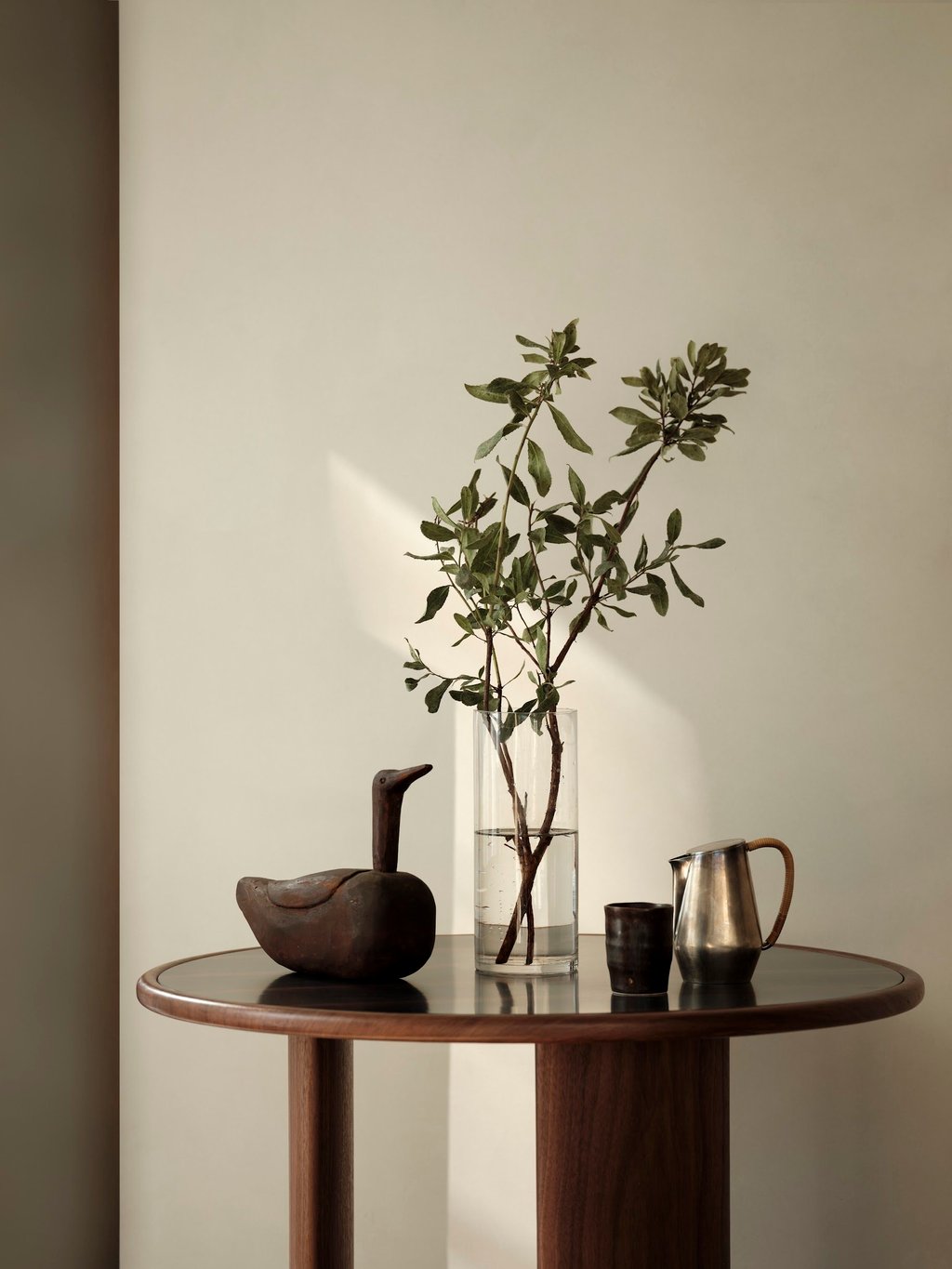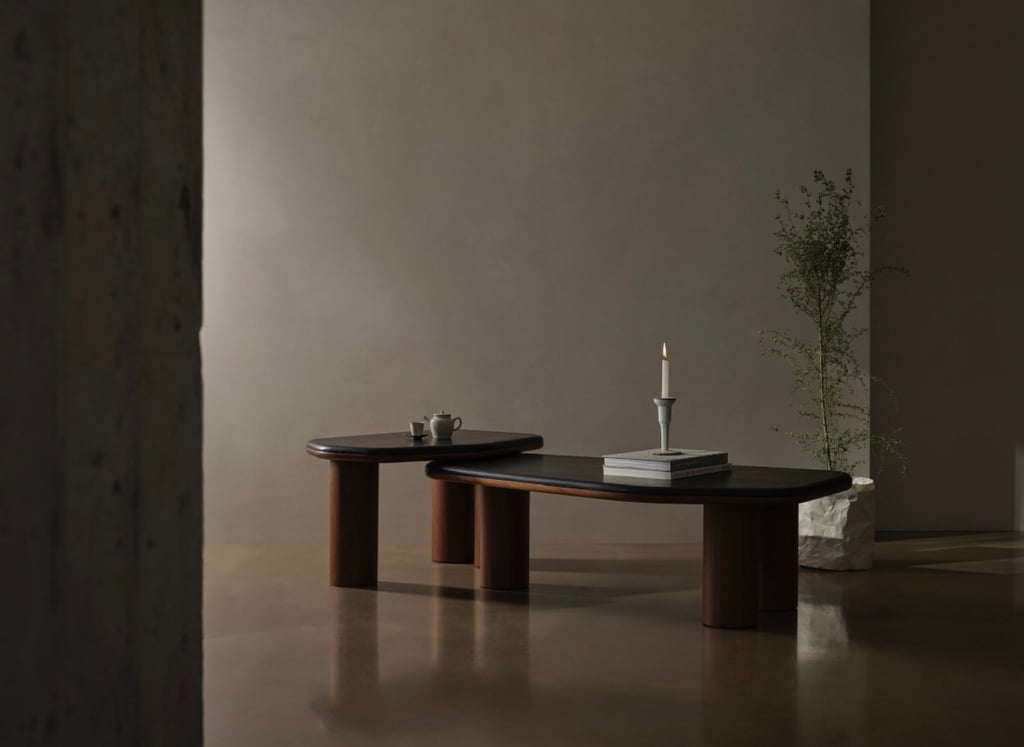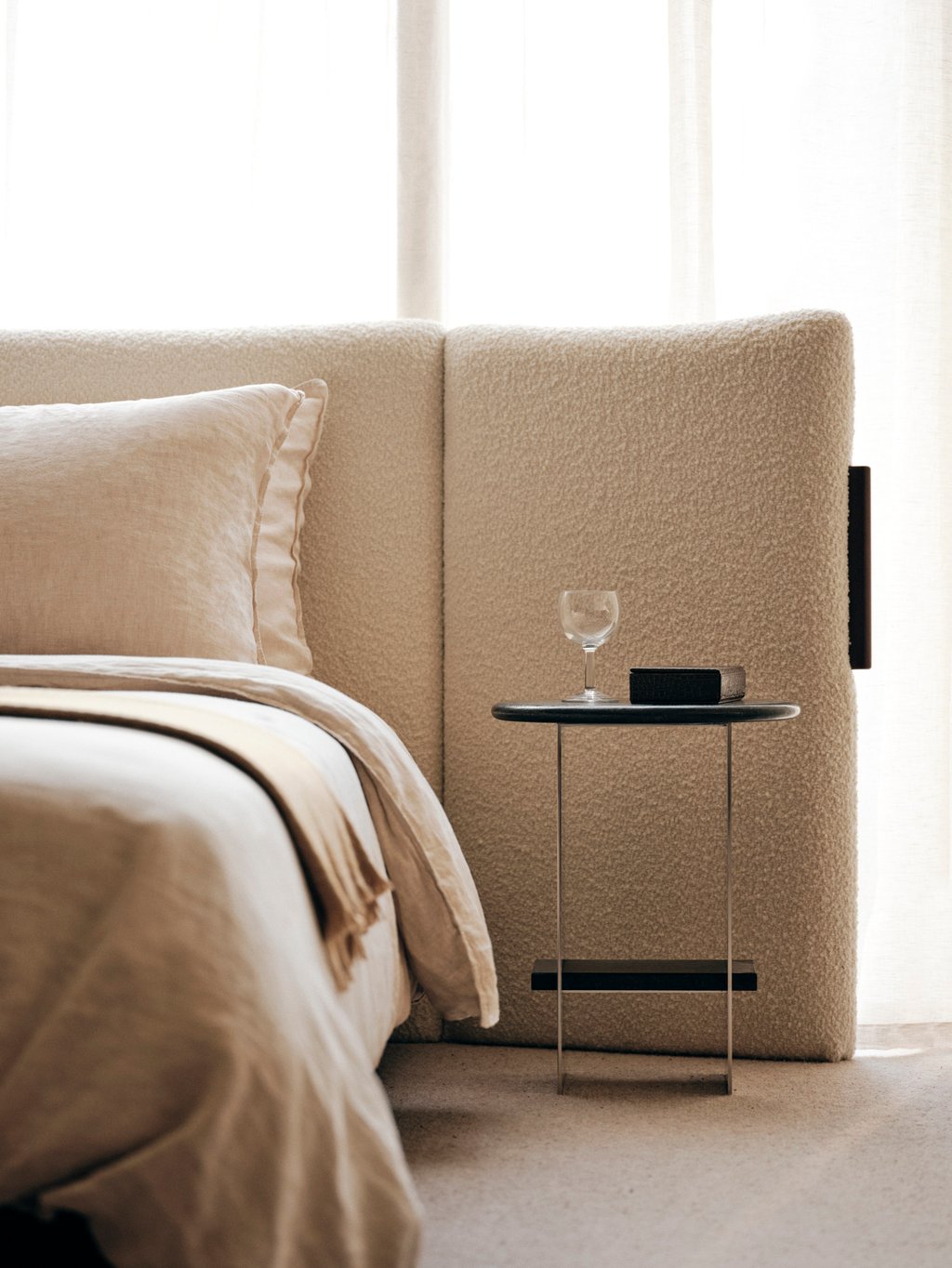Q&a / Seoul-based furniture brand Eastern Edition’s Teo Yang on sustainability and minimalism in Korean culture, and making ‘the old aesthetic into an international language’

- The brand’s latest Persimmon Tree collection, now available at Lane Crawford, draws on an integral part of traditional Korean scenery: it uses the persimmon tree as material for its beautiful colour and texture
- Aside from the brand, Yang’s also co-founded a skincare line, EATH Library; worked with Chanel on a traditional Korean crafts exhibition; and designed a new outlet of Blue Bottle Coffee in Myeongdong
Fusing traditional values with progressive technique, Eastern Edition was a pandemic-era gamble that ended up benefiting from the soul-searching and slower pace of life many experienced staying at home those years – one that was detached from the outside world and more focused on inner spaces and lives. And while launching a brand during that time may have been considered a risky move by many, it proved to be the opportune moment for Yang to introduce his design vision for what an alternative, more eco-friendly future would look like to global audiences.

“Another question that came up for us was cultural sustainability,” Yang says of his thought process when building the brand, which now has four showrooms across Seoul, Paris and Los Angeles. “How do we sustain our culture? How do we make sure that these old, beautiful narratives don’t just stay in the books, but can still inspire people in the 21st century?”
Asking these sorts of questions helped Yang become a household name over the years, making his mark as a triple-threat designer, entrepreneur and creative visionary. Before launching Eastern Edition, he was already the founder of his own eponymous design studio, and even co-founded a skincare line, EATH Library, inspired by the same principles. He’s been tapped by luxury brands like Chanel, with whom he curated an exhibition supporting traditional Korean crafts, and more recently designed a new outlet of Blue Bottle Coffee, the popular coffee chain, in the heart of Seoul’s busy Myeongdong district.
Years of working on massive client projects have taught him a thing or two about balancing traditional desires with contemporary needs. One thing you’ll notice right away about Eastern Edition furniture is that though the aesthetics remain universally palpable in their design essentials – clean lines, simple shapes – its distinctly Asian sensibility is what gives the brand its unique charm. “We always try to make the old aesthetic into an international language because we want to speak to everyone,” says Yang.

Bringing a traditional way of living into the 21st century – to connect past and present through design philosophy – is a unique element that separates Eastern Edition from its contemporaries, giving new meaning to the phrase “lifestyle brand”. While minimalist in appearance, the brand’s furniture is designed to add something to your life: it doesn’t just make you feel at home, but prompts you to think about what home actually means. Translating that to a modern-day audience remains Yang’s biggest challenge. “We don’t necessarily need to follow trends, but we need to adapt the contemporary aesthetic in order to convey [our] message across to clients.”
That message, as he explains, is indispensable in a design scene otherwise dominated by Western brands. “It’s very important that we offer diversity … It’s really hard to find a furniture brand that has founders with Asian designers, basically. Of course, there’s Neri & Hu, and also André Fu, which is great. It’s basically like the ecosystem – if there’s only one species taking over, it’s a very unhealthy environment. But having all these different, diverse brands come together – we compete, we learn from each other, we collaborate.”

“We always question, if the modernisation was not handled by the West – if we took on our own modernisation – what would it look like?” Yang asks. He explains that Eastern Edition’s philosophy is further informed by how cultural traditions have evolved over time. “Another thing people think, especially Asians – I’ve seen this with a lot of Japanese, Chinese and Korean people – they think they know their own culture and heritage, but we don’t. Lifestyle-wise, we don’t wear traditional clothing. We don’t use traditional furniture any more. We live in such a new state, in such a Western way.”